By Roy Morris Jr.
When the Tokyo War Crimes Trials opened in the former hilltop headquarters of the Japanese military at Ichigaya on May 3, 1946, American-born chief prosecutor Joseph Keenan faced a difficult task. Unlike the Nazi leaders then on trial at Nuremberg, the 28 Japanese defendants facing Allied justice were not part of a well-documented and fanatically organized governmental effort to exterminate an entire people, led by a single charismatic leader such as Adolf Hitler.
Instead, the Japanese defendants were brought to the dock of justice for the more ambiguous, if no less heinous, crime of planning and conducting a “purely acquisitive and aggressive war,” in the words of a 1945 United Nations War Crimes Commission report. Despite the fact that Japan had signed the 1928 Kellogg-Briand Pact outlawing purely offensive war, defense attorneys—and millions of Japanese citizens—considered the Tokyo trials to be merely “victor’s justice,” at best, and naked racism, at worst. Keenan, in his opening statement, sought to meet the issue head-on. “It is high time,” he said, “that the promoters of aggressive, ruthless war and treaty-breakers should be stripped of the glamour of national heroes and exposed as what they really are—plain, ordinary murderers.”
Whatever the legal niceties, the 21/2-year-long trial, which included 419 witnesses ranging from American and Allied buck privates to the last emperor of China, left little doubt that former Japanese Premier Hideki Tojo and his 27 fellow defendants were indeed evil men who had deliberately planned and systematically carried out a brutal war in which “inhabitants of countries which they overran [were] ruthlessly tortured, murdered and massacred in cold blood.” From the Rape of Nanking in 1937, when a quarter of a million residents of that city were killed in six weeks, to the mass murder of 18,000 Filipino men, women, and children at the village of Lipa; the Bataan Death March; the Siam-Burma Death Railroad; the forced labor camps and sex-slave “comfort women” in Korea, the witnesses described a leering, sadistic policy of cruelty that had few counterparts, even among the Nazi abuses in Europe.
Facing the Consequences
In the end, Tojo and six other defendants—including Kenji Doihara, Koki Hirota, Seishiro Itagaki, Akira Muto, and Heitaro Kimura—were sentenced to death and hanged. Sixteen others were given life sentences, although most were paroled within a few years. Two cheated justice by dying before the trial was over, and a third went insane (or pretended to go insane) on the first day of the trial and died in his bed of a heart attack on Christmas Day, 1948.
The executions, held in strict privacy without members of the press being allowed to witness or photograph the workings of justice, did not put an end to the matter of Japanese guilt. Fourteen of the war criminals, including Tojo, later were secretly enshrined as “martyrs” at Yasukuni Shrine, Japan’s most revered Shinto temple. Japanese Premier Masayoshi Ohira made a much-publicized pilgrimage to the temple in 1978, and school textbooks in Japan still give virtually no coverage to World War II, except to exhibit photographs of the American bombing at Hiroshima and to characterize the Japanese invasion of China as an “advance” and the enslavement of forced laborers in Korea as a “mobilization.” Nearly six decades after the verdicts at Tokyo, one is reminded of the words of Whitney R. Harris, a member of the Allied prosecution team at Nuremberg, who warned that “in shunning the evil of yesterday we do not forget the wrongs to which it led—and having forgotten them believe them never to have happened.”
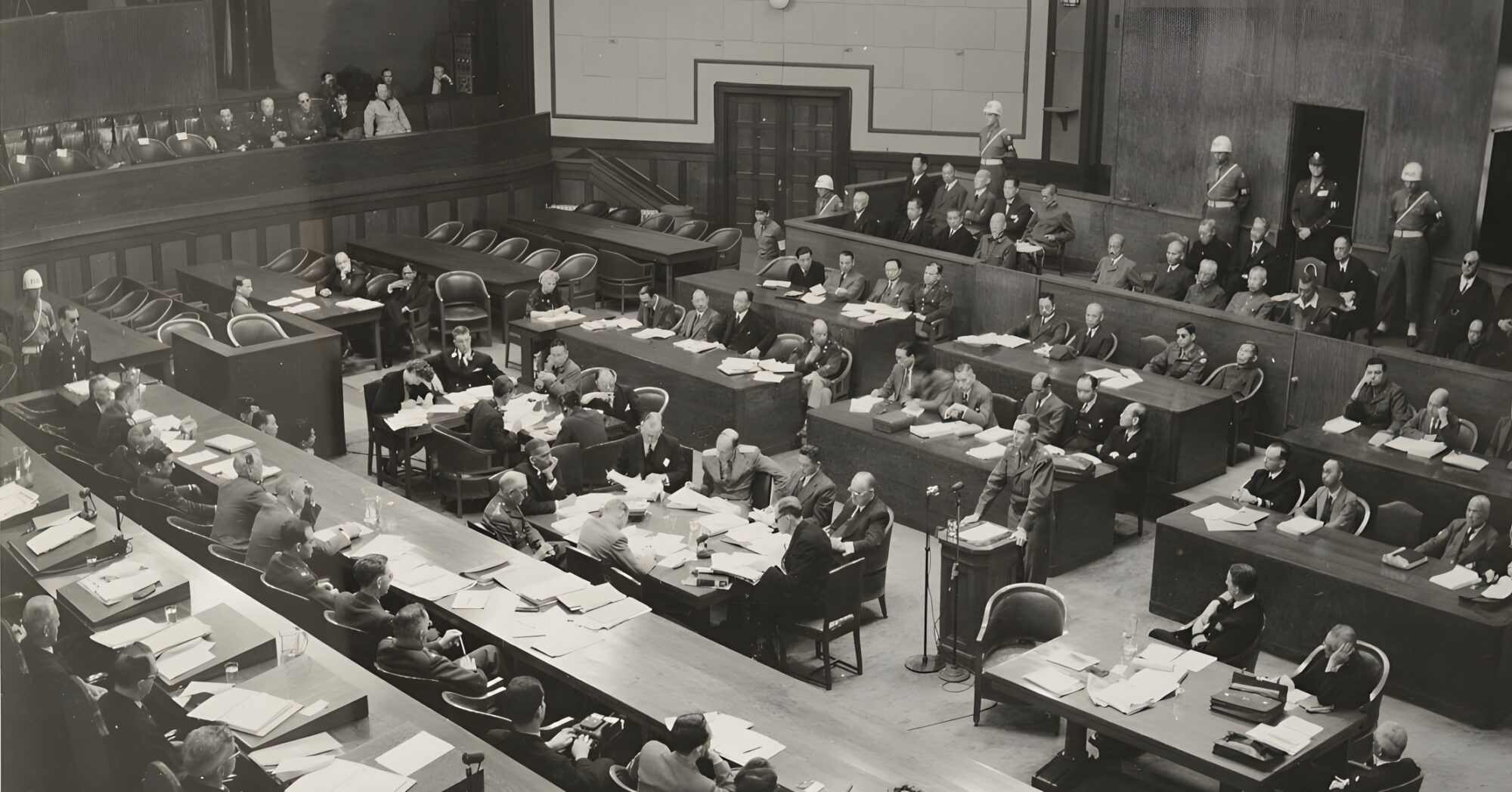
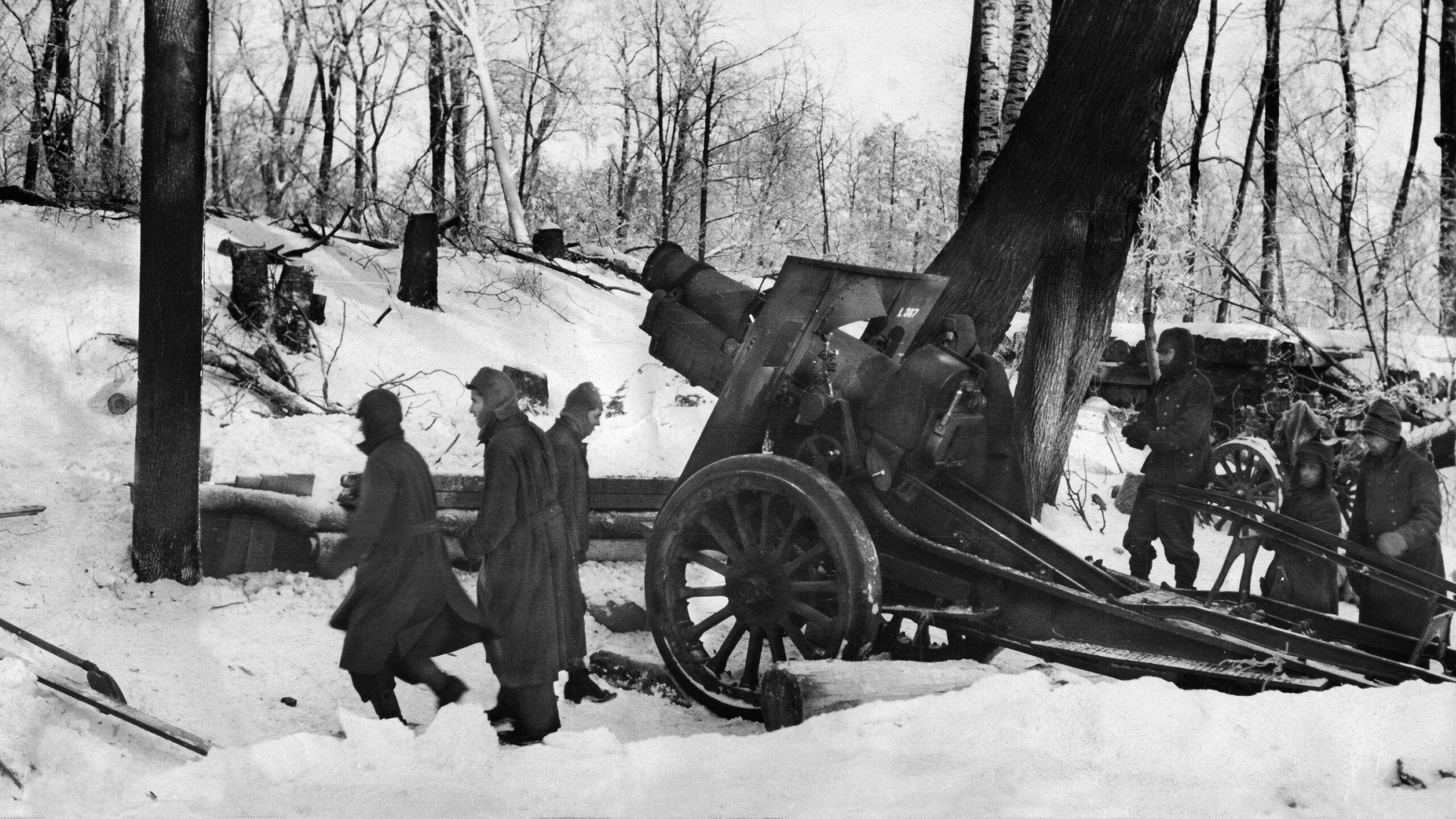
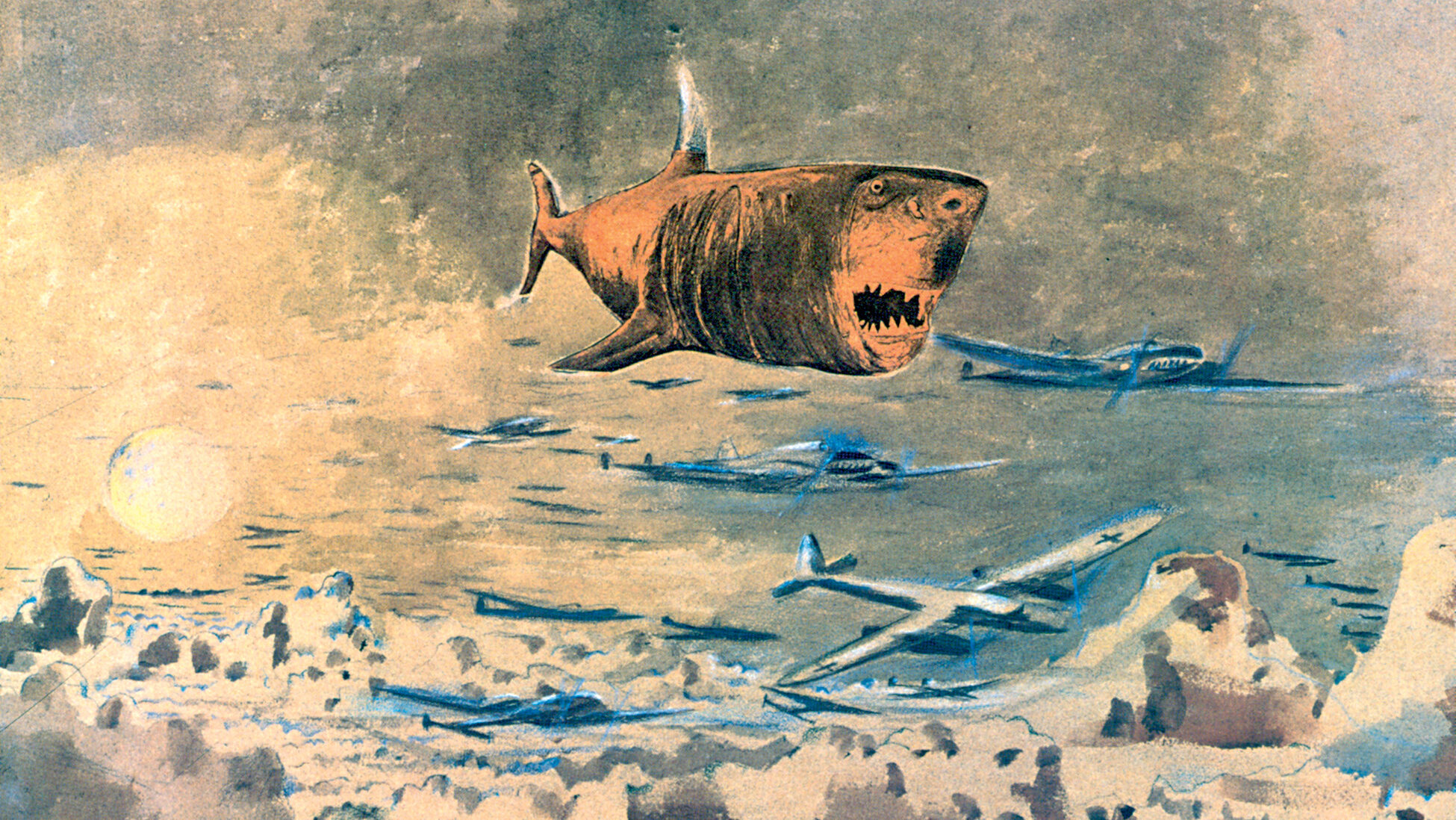
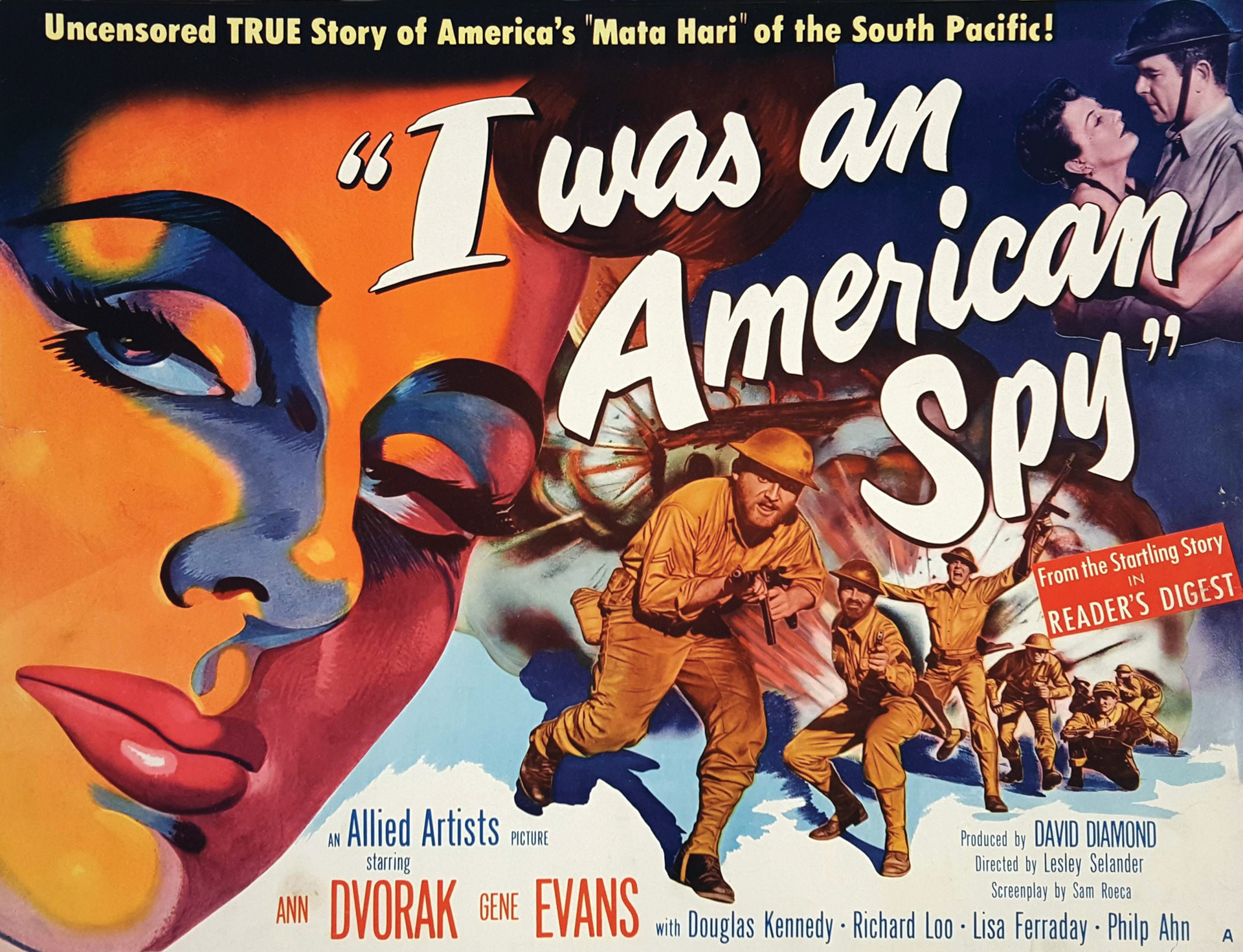
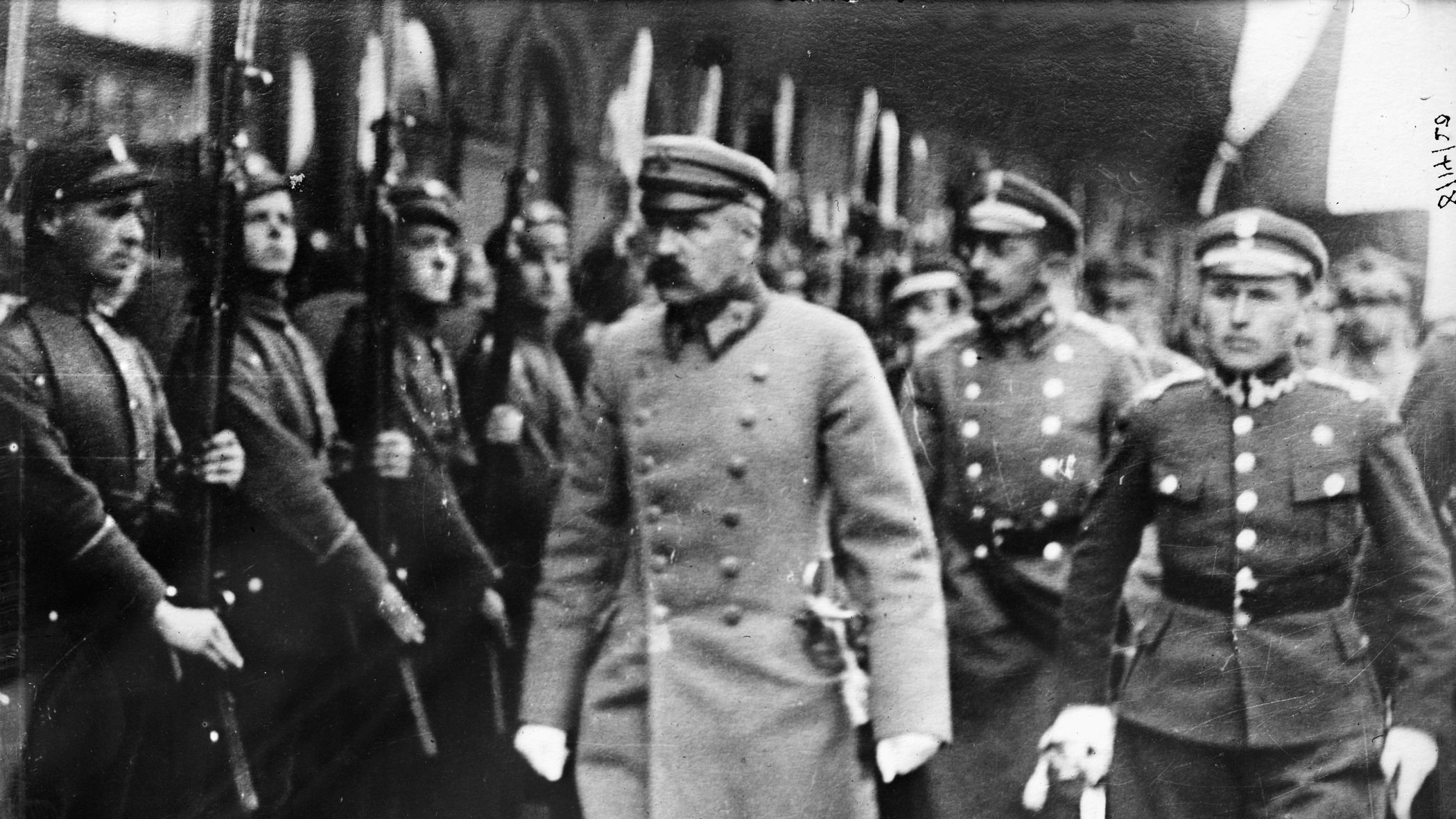
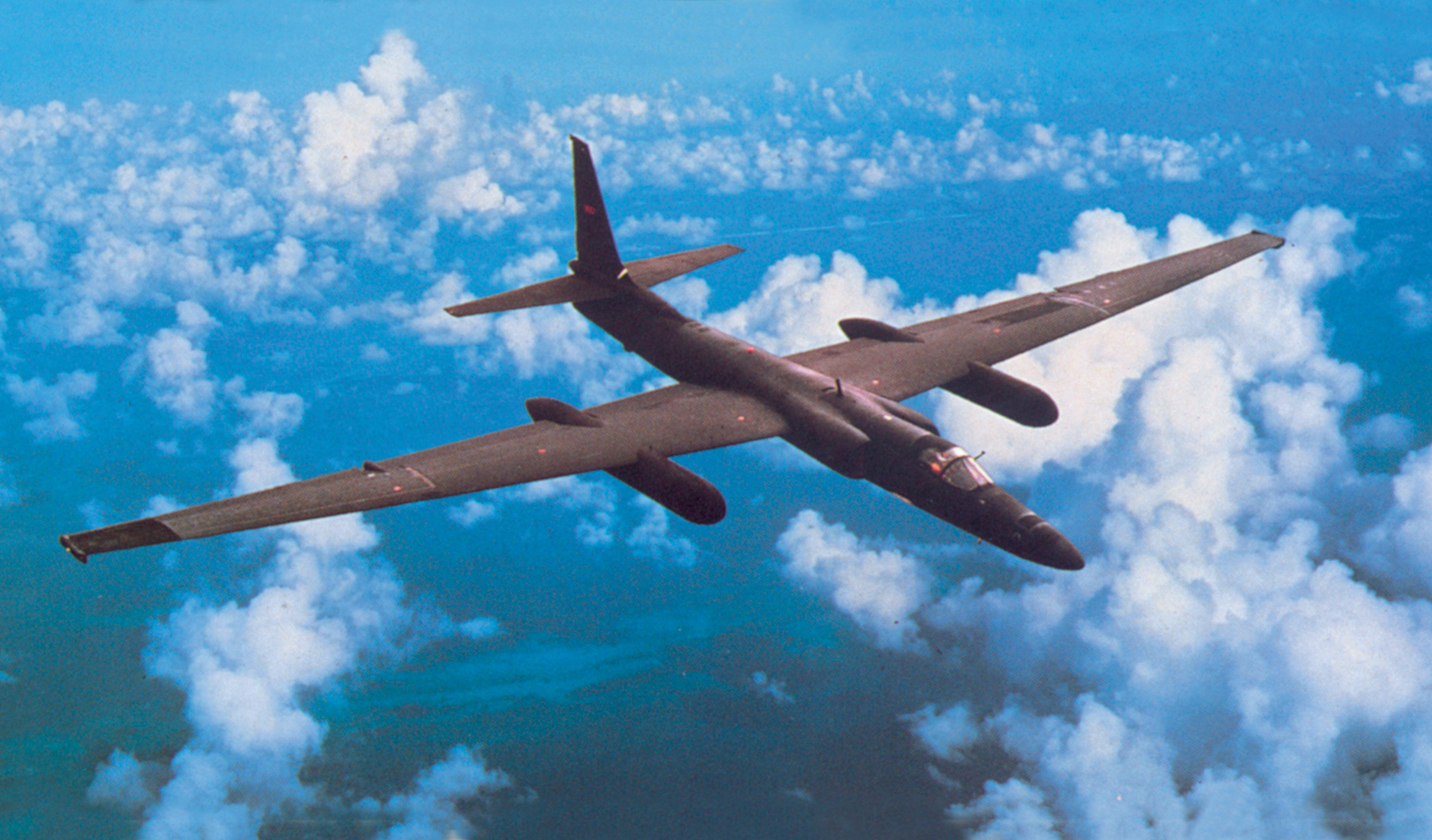

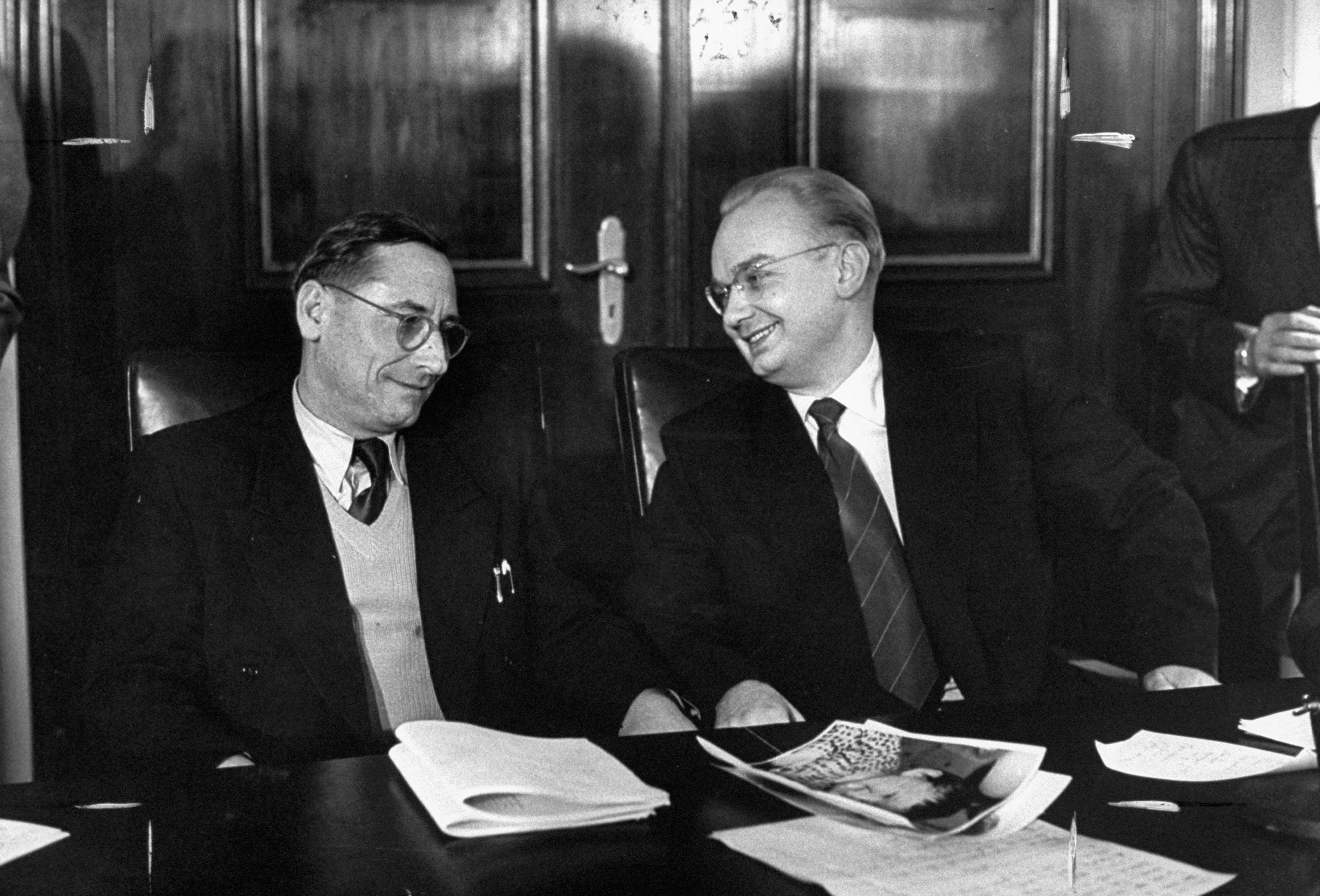
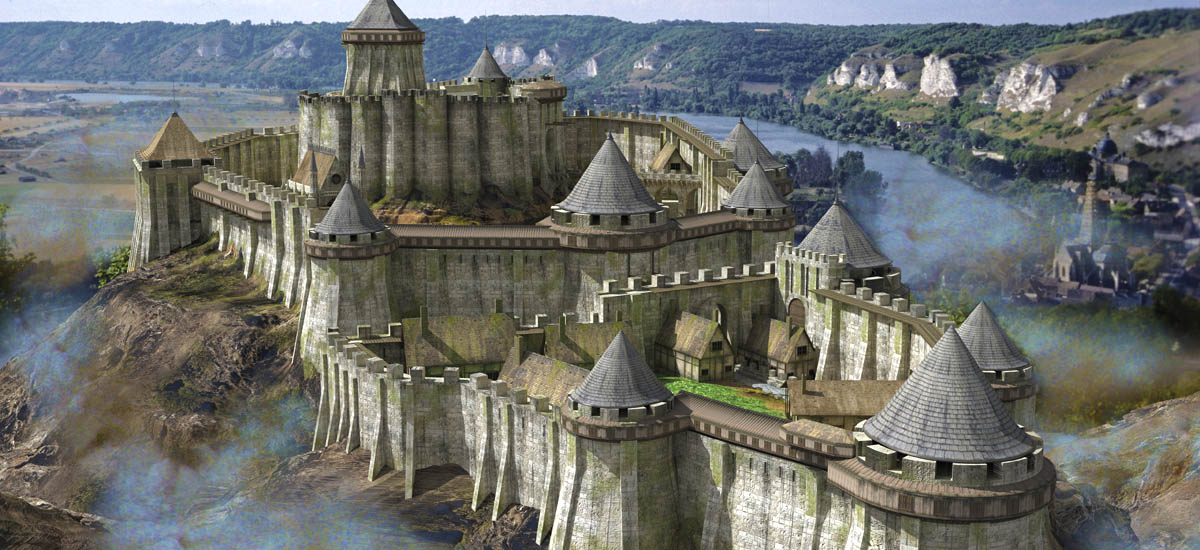
Join The Conversation
Comments
View All Comments